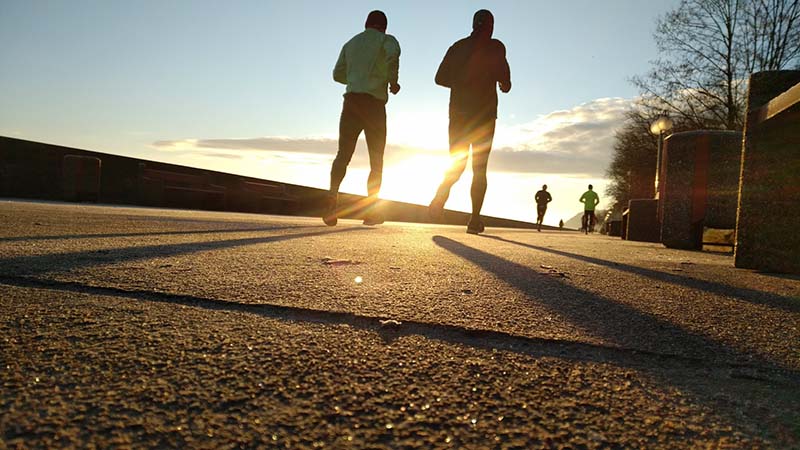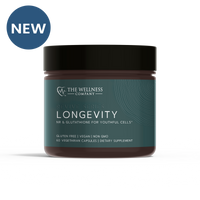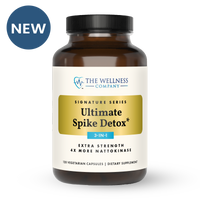Is It Safe to Exercise with Osteoarthritis?

Osteoarthritis (OA) is one of the most common causes of pain and physical disability in older adults. For years, OA has been framed as a disease caused by “wear and tear” of our joints. On the basis of that paradigm, people with OA often avoid exercise in fear that it will cause their joints to wear down further and make their pain even worse.
In recent years, however, the narrative around osteoarthritis has begun to shift. The research clearly shows that exercise is not only safe for people suffering with OA, but that it can be a powerful tool in both managing pain and enhancing functional independence.
How Exercise Helps
Exercise can help people with OA in a few key ways. First, it stimulates the release of endorphins and other natural painkillers in the brain, which can significantly blunt pain. According to the research, this effect is similar in magnitude to that of non-steroidal anti-inflammatory drugs [1]. Second, resistance training protects arthritic joints by strengthening the muscles around them, improving the muscles’ ability to buffer stress away from the affected joint. Third, exercise improves circulation to and from affected joints, which can help reduce inflammation, eliminate waste products, and generally improve joint health.
Cardio, Weights, or Yoga Can All Help
When it comes to exercise, there’s no one-size-fits-all protocol. Just about any form of it is beneficial. As many physiotherapists say, motion is lotion. Whether it’s yoga, weight training, or cardio, the key is finding something that you enjoy and your joints can tolerate.
If you’ve been inactive for a long time, or are in very severe pain, low-impact exercises like cycling and swimming are wonderful options as they provide cardiovascular benefits while being gentle on your joints.
If you’re able to tolerate it, don’t be afraid of load-bearing exercises like walking and running; those can actually benefit your joint health. Research shows, in fact, that non-runners have much higher rates of arthritis than runners [2]. See this article to learn more about exactly how running protects your joints.
Stretching is a form of exercise that can help maintain joint range of motion and prevent stiffness from emerging. While this is a great way to preserve mobility, it doesn’t make you stronger, so ideally, it shouldn’t be the only part of your routine.
Resistance Training Tips
Resistance training, whether performed with free weights, bands or machines, is a particularly effective form of exercise for people with OA. If you’re not a gym-goer, however, it can be intimidating. Here are a few pieces of advice to help you get started with a resistance training program safely and effectively.
First, play the long game, and don’t bite off more than you can chew. Recognize that resistance training is a habit to be practiced, not a finish line to be crossed. If you’re new to structured exercise, start with a simple plan that feels achievable. That might be one session per week, targeting one or two key muscle groups around your sensitive joint. Remember: the decent program you follow long-term is better than the perfect program you quit after a week.
Second, try to find exercises that get your muscles burning like crazy without making your joint pain worse. For beginners, machines or bands at the gym are a great way to accomplish this, as they’re relatively simple to use. Free weights work great too but can be a bit trickier to learn. Begin with light resistance, assess how your joints respond, and gradually increase intensity week by week.
Third, as a general rule, a little pain while exercising is okay; hurt doesn’t always equal harm. But if your exercises are causing intolerable pain, which is worse the next day, exercise some common sense and scale down the intensity for a bit before working your way back up slowly over time.
If you’re unsure where to start, don't hesitate to see a local physical therapist for individualized advice.
Exercise Isn’t a Panacea
Research shows that while exercise isn’t a miracle cure for OA, it is a safe and effective tool to help people manage their condition. As with any treatment, however, some people will respond better than others. In certain scenarios, medical interventions such as a steroid injection or a joint replacement could provide a new lease on life and may be worth exploring. Just remember, every person's situation is different, and it's important to work with your healthcare team to find a treatment plan that works for you.
References
[1] Fransen, M., McConnell, S., Harmer, A. R., Van der Esch, M., Simic, M., & Bennell, K. L. (2015). Exercise for osteoarthritis of the knee. Cochrane database of systematic reviews, (1).
[2] Alentorn-Geli, E., Samuelsson, K., Musahl, V., Green, C. L., Bhandari, M., & Karlsson, J. (2017). The association of recreational and competitive running with hip and knee osteoarthritis: a systematic review and meta-analysis. journal of orthopaedic & sports physical therapy, 47(6), 373-390.














